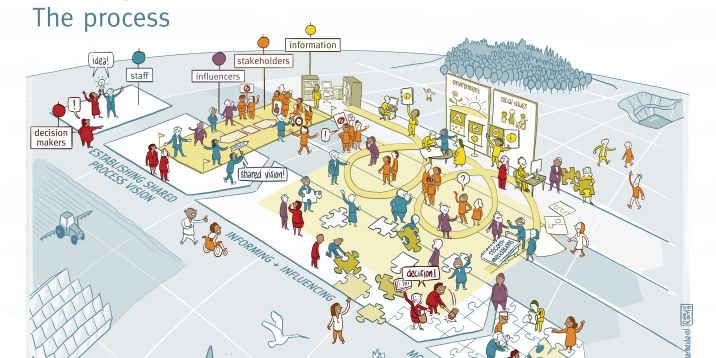Why ESIA/SEA?
In a nutshell
In just about every country in the world, it is required by law to conduct an environmental assessment before major commitments are made.
Two levels of assessment
Environmental assessment can be conducted at two levels of decision making:
- Decision making on projects, such as a dam, motorway, airport or windpark. This is called Environmental and Social Impact Assessment (ESIA).
- Decision making on plans, programmes or policies, such as a land use plan or an energy plan. This is called Strategic Environmental Assessment (SEA).
The process
The main objectives and key stages of ESIA and SEA are similar. But the actual scope and relevant stakeholders can be quite different.
What the NCEA looks for in an environmental assessment process:
- Information: Does the process deliver the information needed for decision making? Information on the impacts of the proposed action, but also on alternative decision options, mitigitation measures and the management of impacts after decision making.
- Dialogue: Does the process engage affected stakeholders in a timely, transparent and inclusive way?
- Influence: Does the process influence decision making by addressing relevant issues, providing usable inputs for decision makers at the right time and ensuring that decision makers can be held accountable for their use of the assessment outcomes?
